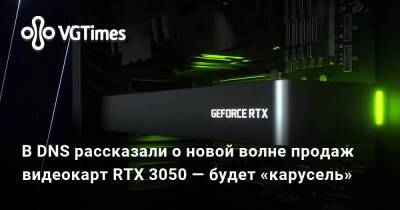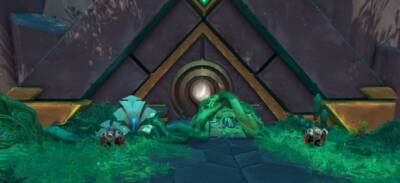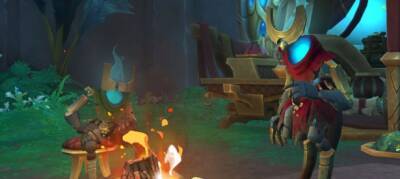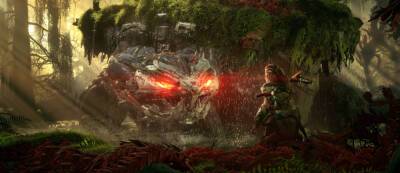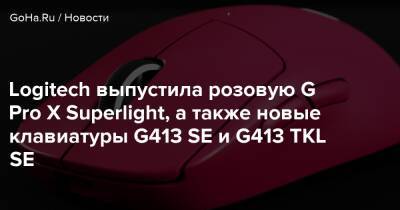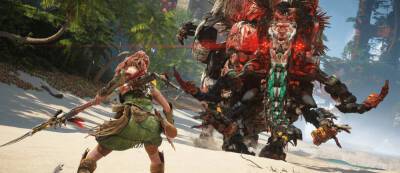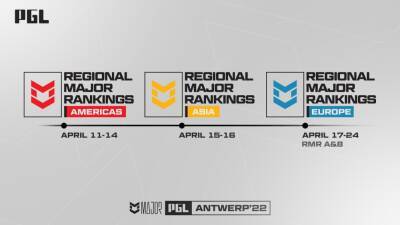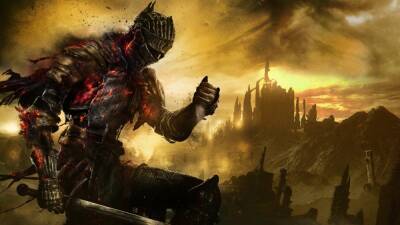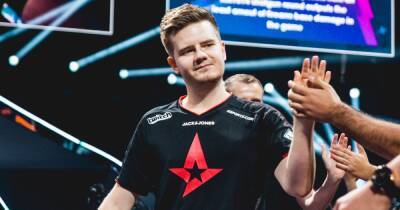Ubisoft La Forge – Pushing State-Of-The-Art AI In Games To Create The Next Generation Of NPCs
Ubisoft La Forge is an open research and development initiative that brings together scholars and Ubisoft experts with the driving objective to bridge the gap between academic research and videogame innovations. Experimenting with the latest technologies and techniques in videogame production, they are at the forefront of the academic world, with dedicated teams investigating uses for the latest technology, such as artificial intelligence, to make games more realistic, fun, and efficient to develop.
Deep reinforcement learning is one of those potential uses: a type of machine learning that uses AI to find the most efficient solutions to a variety of problems. To unravel some of its mysteries and find out how it helps create more realistic NPCs, help them navigate complex game worlds, and create more human-like reactions, we spoke with Joshua Romoff, a data scientist at Ubisoft La Forge and a Montreal native, who took his love of videogames and turned it into a data science PhD. Now researching the different applications of machine learning in games, he recently gave a talk at the Artificial Intelligence and Interactive Digital Entertainment (AIIDE) 2021 conference to present the breakthrough he and his team have been working on to improve NPCs’ pathfinding and navigation using machine learning.
What is deep reinforcement learning, and how does it work?
Joshua Romoff: There are a couple of terms to explain: “agent” and “action.” What we call an agent in AI is basically the main character that interacts with the world, and we use bots in that role in our research. And then for action, that is the interaction that is performed. I like to think of the player as kind of an extension of a gamepad, and every input players put


 news.ubisoft.com
news.ubisoft.com


